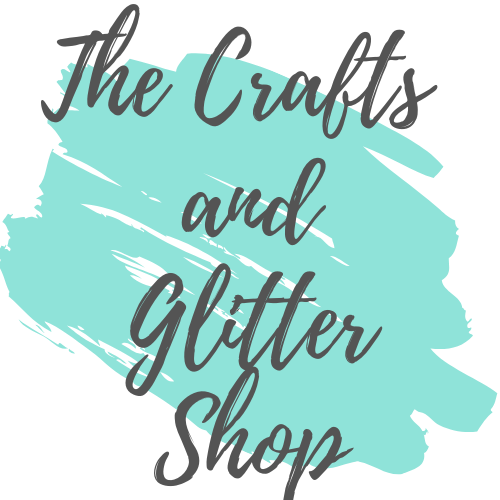
Are you causing cross contamination with your molds?
Share
Cross contamination can occur when using silicone molds if the molds are not properly cleaned and sanitized between uses. Even though silicone is a non-porous material, meaning it does not absorb liquids, it can still harbor bacteria and other microorganisms on its surface.
Using the mold for food
If a silicone mold is used to make a food item that contains harmful bacteria or allergens, those bacteria or allergens can remain on the surface of the mold even after the food item is removed. If the mold is not cleaned and sanitized thoroughly before being used again, those bacteria or allergens can transfer to the new food item, causing cross contamination.
To prevent cross contamination when using silicone molds, it is important to clean and sanitize the molds properly between uses. This can be done by washing the molds in hot soapy water, rinsing them thoroughly, and then sanitizing them with a food-safe sanitizer solution. It is also important to store the molds in a clean and dry location to prevent the growth of bacteria and other microorganisms.
Using the mold for crafts
Using silicone molds for different craft mediums can also result in cross contamination, particularly if the craft mediums involve different types of materials that may leave residue on the molds. For example, if you use a silicone mold to cast resin, and then use the same mold to cast soap, the residual resin could potentially mix with the soap, causing unwanted discoloration or texture issues.
To prevent cross contamination when using silicone molds for different craft mediums, it is important to designate specific molds for each type of material, and not to mix them. You can label or color code your molds to help you remember which ones are for which materials. If you need to reuse a mold for a different material, it is important to clean and sanitize the mold thoroughly to remove any residual material that may have been left behind.
Cleaning and sanitizing silicone molds can be done by washing them in hot soapy water, and then disinfecting them with rubbing alcohol. Be sure to rinse the molds thoroughly and let them air dry completely before using them again.
Can I use the same mold for food and crafts?
It is generally not recommended to use the same silicone mold for both food and crafts, as this can increase the risk of cross-contamination and potentially expose you to harmful substances.
When you use a mold for food, it can come into contact with bacteria, allergens, and other potentially harmful substances. Even if you clean the mold thoroughly, it may still harbor microscopic traces of these substances. If you then use the same mold for crafts, these substances could be transferred to your crafting materials, which could pose to the quality of your crafts.
Similarly, when you use a mold for crafts, it may come into contact with substances like chemicals, dyes, or paints, which can be toxic or harmful if ingested. If you then use the same mold for food, these substances could be transferred to the food, which could pose a risk to your health.
To avoid these risks, it is best to use separate silicone molds for food and crafts. You can label or color code your molds to help you remember which ones are for which purpose.
In summary, it is important to keep your silicone molds clean and properly sanitized to prevent cross contamination, whether you are using them for different food items or different craft materials. Make sure to separate the molds used for food from those used for crafting. By taking proper care of your molds, you can ensure that they remain safe to use and produce high-quality results.
